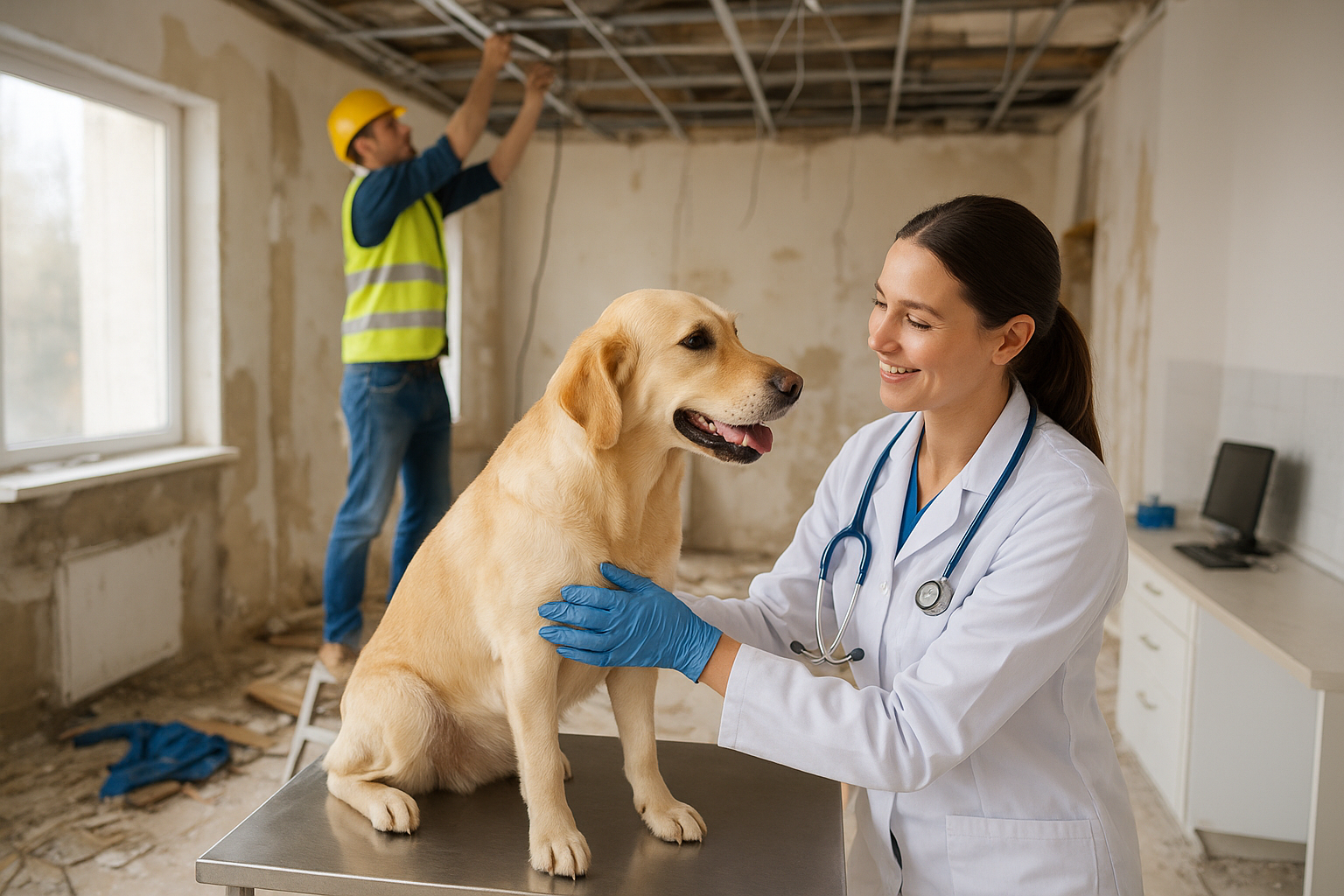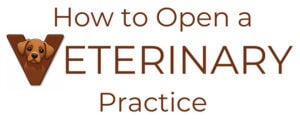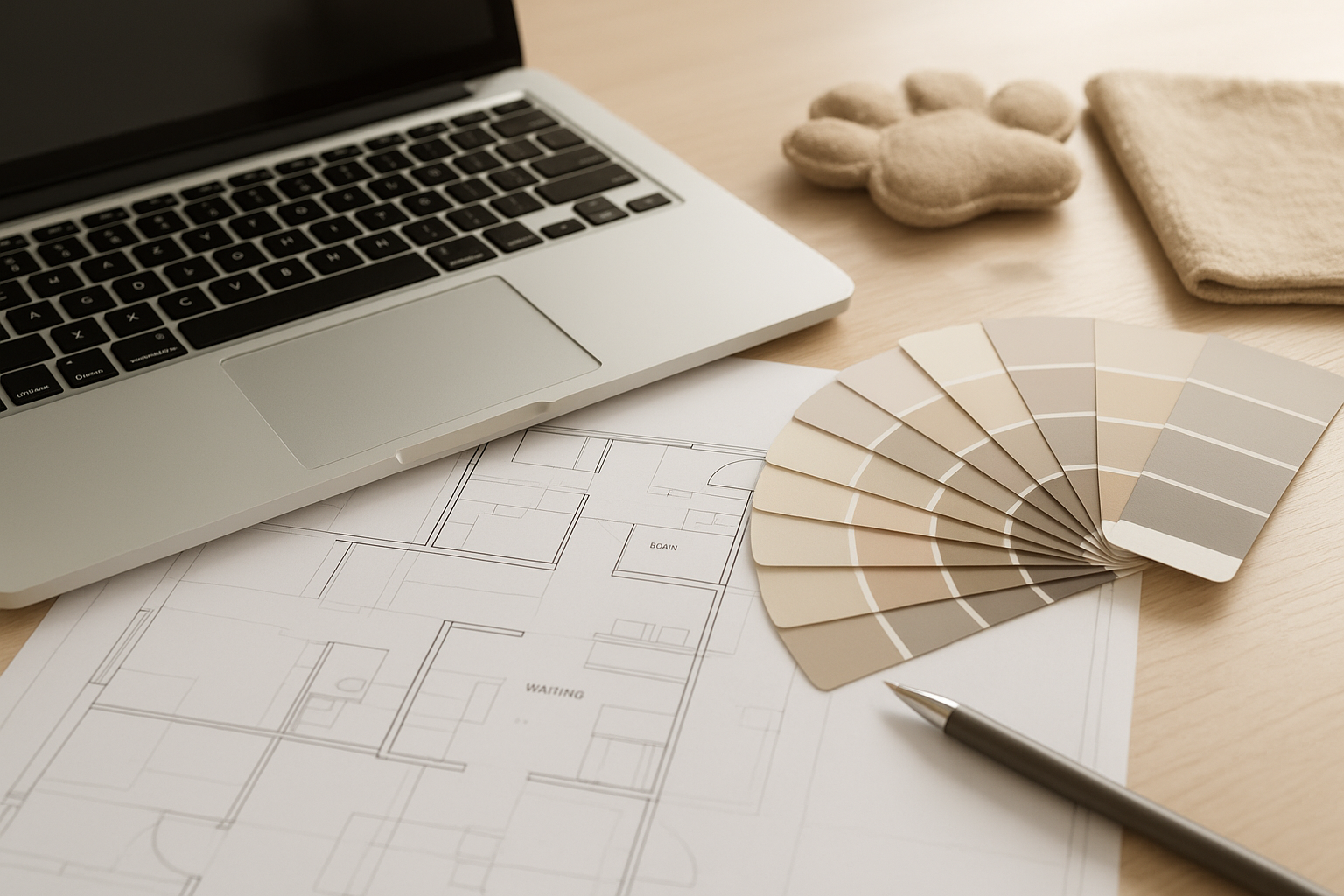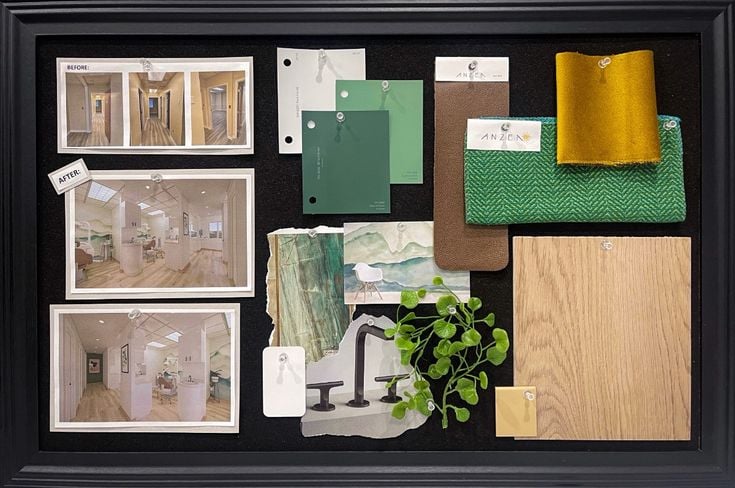
Renovating an existing veterinary practice can breathe new life into your space, improve workflow, and enhance the experience for both clients and patients. But it’s not a process to rush. Taking the time to plan your renovation carefully can save you money, reduce stress, and ensure your practice comes out better than ever.
Start with a Solid Plan
Before you swing a hammer or order new cabinetry, take stock of your practice’s current state. What areas are inefficient? Where do staff experience bottlenecks or frustration? Are there outdated patient care zones or equipment that need upgrading?
A thorough renovation plan should include:
- Workflow analysis: Map out how staff, patients, and clients move through the space. Identify pain points and opportunities for improvement.
- Budgeting: Construction costs, equipment upgrades, downtime, and moving expenses all add up. Planning ahead ensures you don’t hit unexpected financial surprises.
- Timeline considerations: Determine whether you’ll renovate in phases or all at once, and how long each phase will take.
Taking the time to plan prevents costly mistakes, ensures your new layout supports efficiency, and gives you a realistic sense of both expenses and timing.
Shutting Down vs. Renovating While Operating
One of the biggest decisions in a renovation is whether to temporarily close your practice or continue seeing patients during construction. Both approaches have pros and cons:
Operating During Renovation:
- Pros: Maintain revenue flow and client relationships.
- Cons: Noise, dust, and construction interruptions can disrupt patient care and create stress for staff. Certain areas may be unusable, requiring frequent moving of equipment, files, or supplies. Projects can take longer due to limited access.
- Cost implications: May seem cheaper initially, but delays, inefficiencies, and potential mistakes can increase costs in the long run.
Temporary Closure:
- Pros: Faster, more efficient construction with fewer interruptions. Staff can focus on planning and preparing for the new layout. Allows for a cleaner move of equipment and supplies without working around patients.
- Cons: Loss of revenue during closure, plus temporary relocation or rescheduling of patients.
Deciding which approach is right depends on your practice size, patient volume, and the complexity of the renovation. In many cases, a short, planned closure combined with careful pre-renovation organization can be less stressful and more cost-effective than trying to work around construction for months.
Moving and Managing Office Items
Regardless of your approach, moving office items is a major part of renovation planning. Consider:
- Before construction: Organize, declutter, and pack items that will be impacted by construction. Label everything for easy unpacking.
- During construction: Protect sensitive equipment and supplies. Temporary storage may be needed for lab equipment, files, or furniture.
- After construction: Plan for a systematic move-in to avoid chaos. Staff should know where everything goes in the new layout to quickly resume normal operations.
Taking these steps ensures a smoother transition and prevents lost equipment, misplaced files, or unnecessary stress.
The Payoff
Investing time in pre-renovation planning pays off in multiple ways:
- Reduced downtime and unexpected costs
- Smoother workflow in your newly designed space
- Improved staff morale and client satisfaction
- A more professional, modern, and efficient practice
A successful renovation isn’t just about aesthetic upgrades—it’s about creating a functional, welcoming space that supports patient care and practice growth. By planning carefully, considering operational strategies, and organizing your space for transition, you set your veterinary practice up for long-term success.


